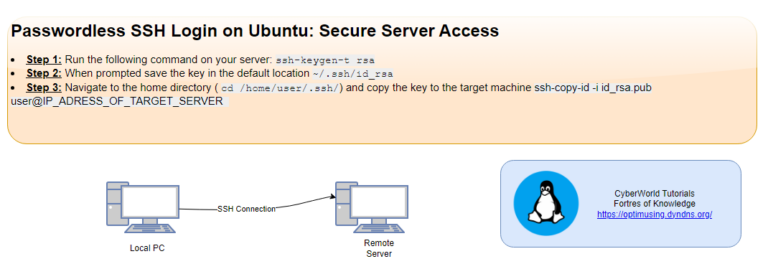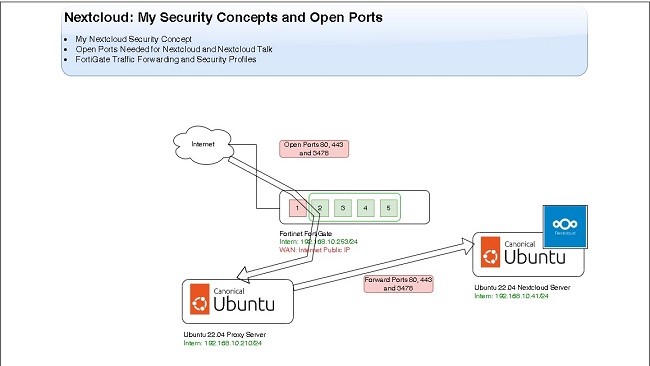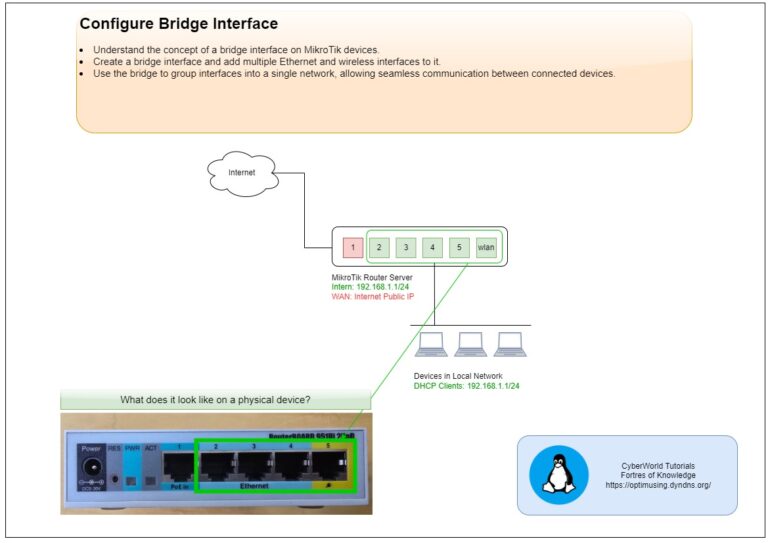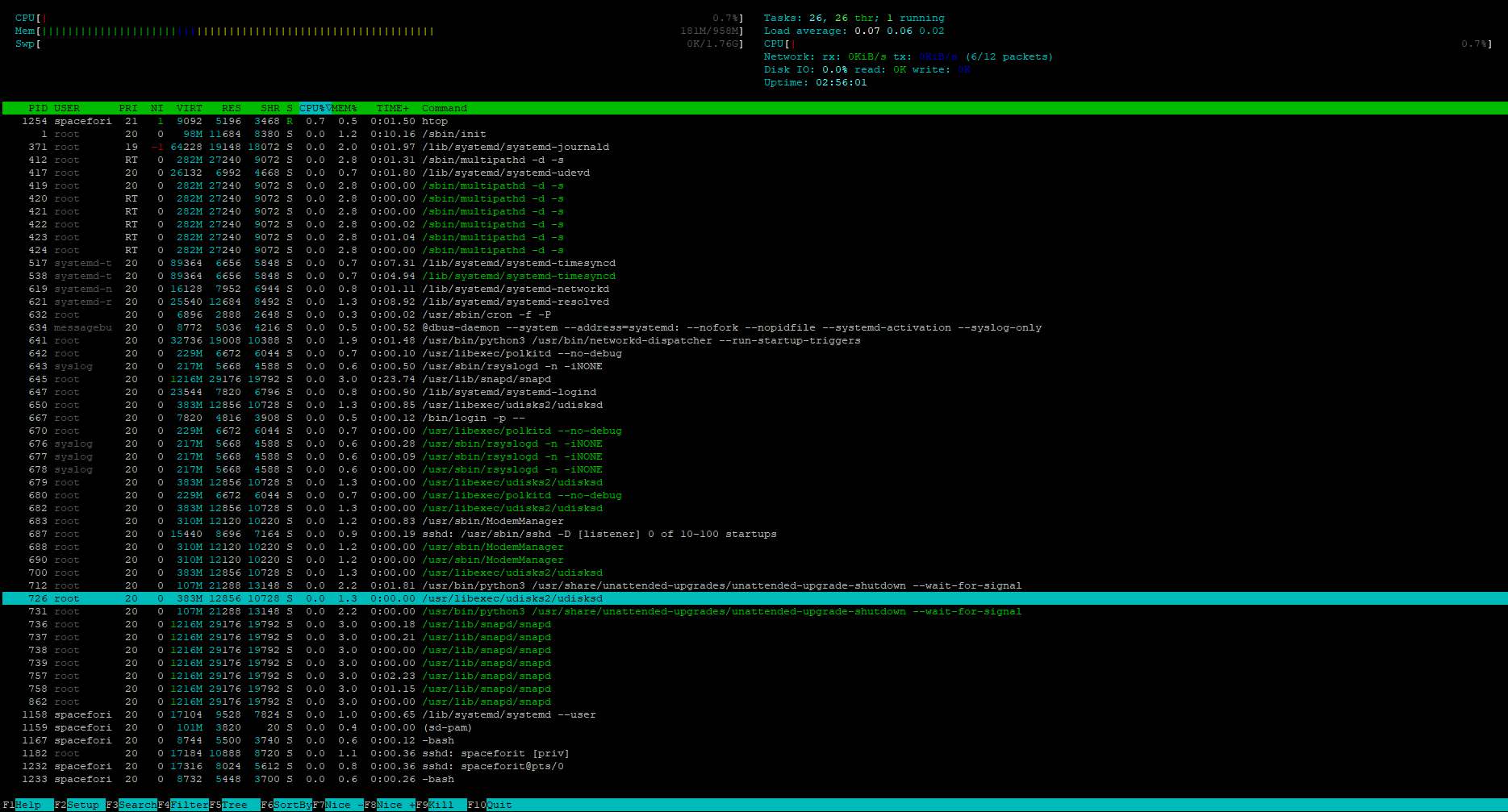
htop on Ubuntu Server
Monitoring system performance is crucial for maintaining the health and efficiency of any IT infrastructure. Tools like htop, atop, nload, and iostat provide invaluable real-time performance metrics, allowing system administrators to diagnose and address issues swiftly. In this article, we’ll explore these tools, their functionalities, and how they can be used to keep your systems running smoothly.
htop: Interactive Process Viewer
htop is an interactive process viewer for Unix systems. It provides a real-time, color-coded display of system processes, CPU, and memory usage, making it easier to understand system performance at a glance compared to the traditional top command.
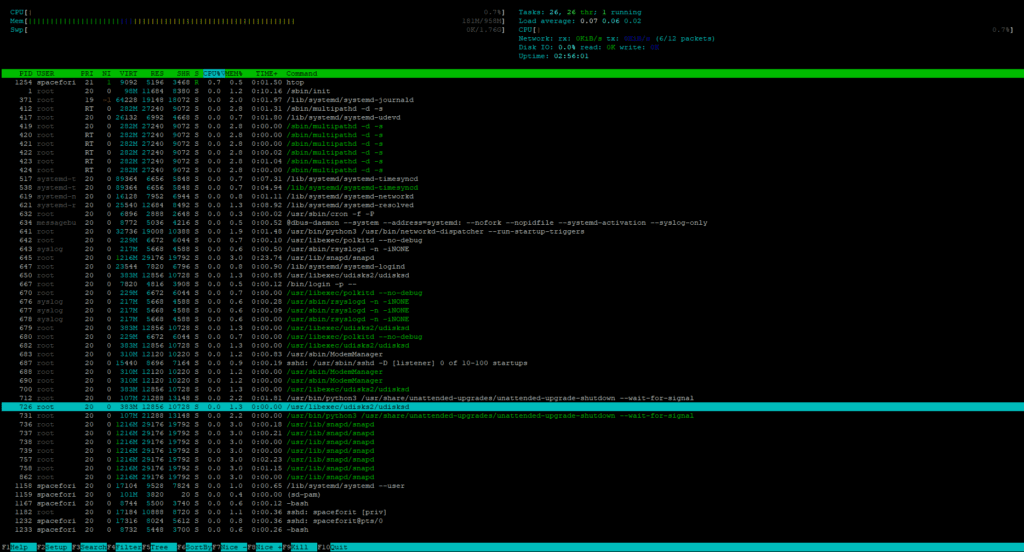
To open a htop type in terminal
htopWith F2 you are able to adapt which parameters needs to be shown in the application:

Key Features
- User-friendly interface: Easy-to-navigate interface with visual aids for quick interpretation.
- Process management: Allows you to manage processes (kill, renice) directly from the interface.
- Customizable display: Users can customize the display to show specific metrics, such as CPU, memory, swap usage, and process tree.
Use Cases
- Identifying processes consuming excessive resources.
- Monitoring system load and memory usage in real-time.
- Diagnosing performance bottlenecks quickly.
atop: Advanced System and Process Monitor
atop is a comprehensive monitoring tool that provides detailed insights into system and process-level performance. It goes beyond just showing the current state by logging historical data, making it easier to analyze trends over time.
To install atop application type:
sudo apt install atop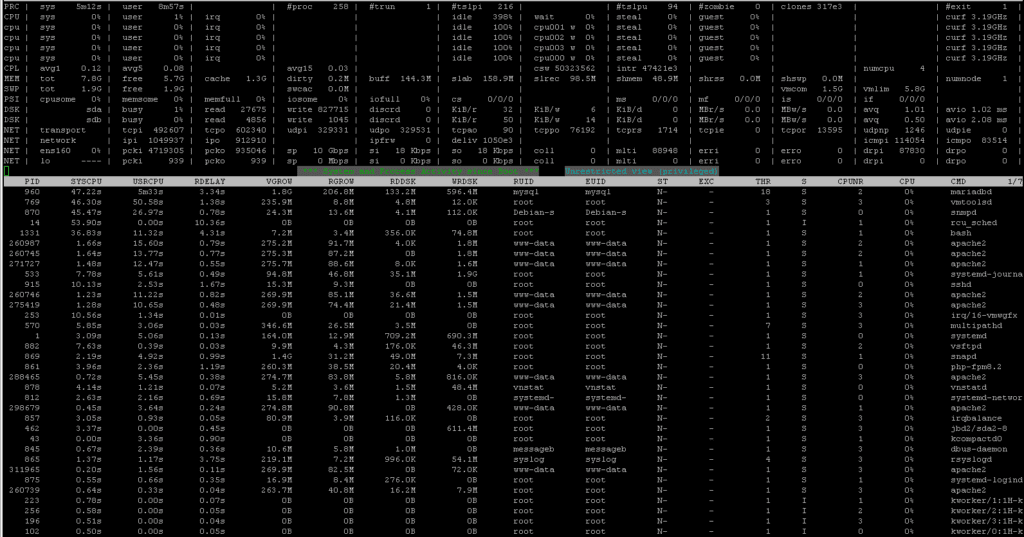
Key Features
- Detailed reports: Displays CPU, memory, disk, and network usage for both individual processes and the overall system.
- Historical data: Logs performance data, allowing for post-mortem analysis.
- Resource accounting: Tracks resource consumption by individual processes, aiding in capacity planning and troubleshooting.
Use Cases
- Long-term performance analysis and capacity planning.
- Troubleshooting intermittent issues by reviewing historical data.
- Comprehensive system monitoring in production environments.
nload: Network Load Monitor
nload is a real-time network traffic and bandwidth usage monitor. It visualizes incoming and outgoing traffic separately, making it an excellent tool for network performance monitoring.

Key Features
- Real-time monitoring: Provides real-time graphs of network usage.
- Traffic analysis: Differentiates between incoming and outgoing traffic.
- User-friendly interface: Simple, console-based interface that is easy to use and interpret.
Use Cases
- Monitoring network bandwidth usage in real-time.
- Identifying network traffic spikes and potential bottlenecks.
- Analysing network performance trends over time.
iostat: Input/Output Statistics
iostat is part of the sysstat package and provides detailed statistics on I/O device load. It helps in identifying performance issues related to disk and network I/O by reporting CPU statistics and device utilization.
To install iostat application type:
apt install sysstat
Key Features
- I/O statistics: Detailed reports on disk and network I/O.
- CPU usage: Provides insights into CPU usage related to I/O operations.
- Historical data: Can be combined with tools like sar to collect historical data for in-depth analysis.
Use Cases
- Diagnosing disk I/O bottlenecks and performance issues.
- Monitoring CPU load due to I/O operations.
- Historical analysis of I/O performance trends.
